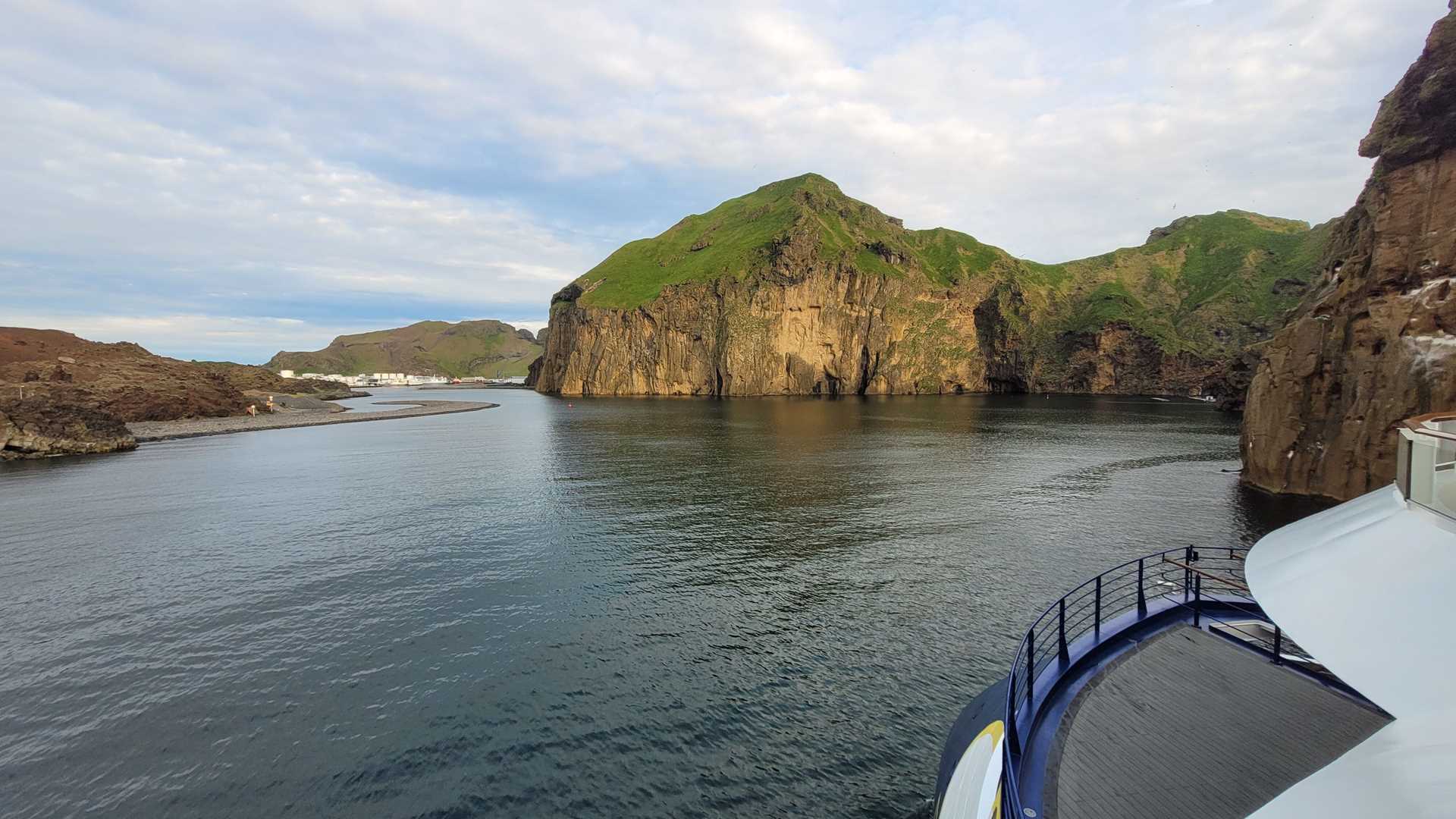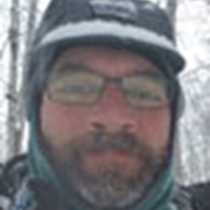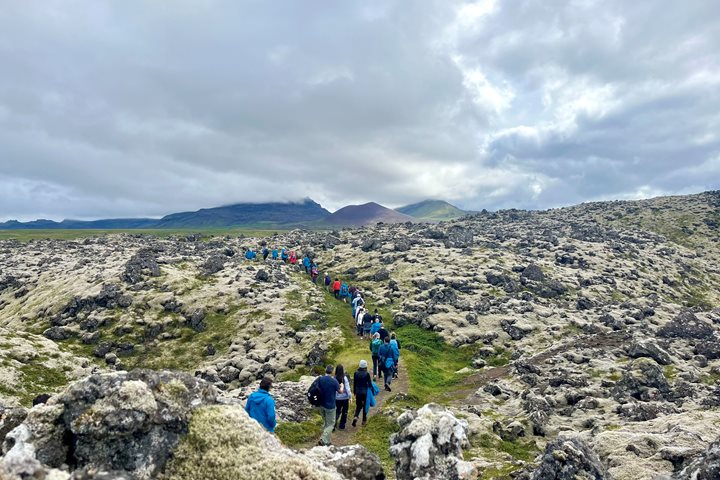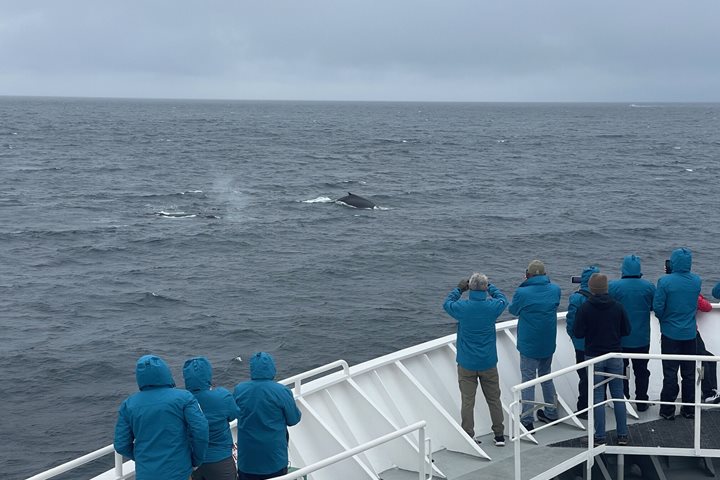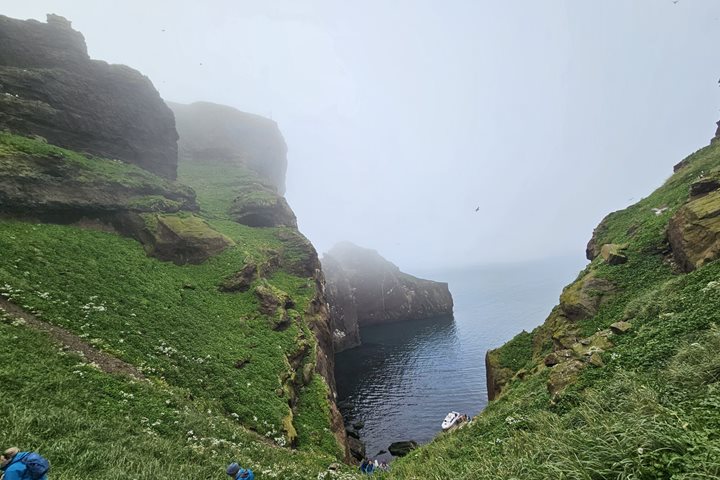The Westman Islands, situated just off the southwestern coast of mainland Iceland, are comprised of many very small remnant volcanic stacks, or plugs, with the exception being Heimaey and Surtsey Islands. Heimaey, the largest of the Westman Islands, has a population of just over 4,000 people. This ruggedly beautiful volcanic island boasts a thriving commercial fishery, comprising nearly 15% of all of Iceland’s fishing exports. However, Heimaey is most well-known for its recent dramatic volcanic history. In the middle of the night on January 23, 1973, a massive and unexpected eruption took place near the base of Eldfell (Fire Mountain) when a mile-long fissure ripped open and began spewing hot ash, gas, and massive amounts of lava. Within hours it was evident that this event would be severe, and it required the evacuation of the island. Lava flows and ash covered and buried over 400 homes and structures and threatened to block the entrance to the harbor. A massive effort was marshalled with assistance from the US Army and Navy, providing huge water pumps that were employed to hose down the encroaching lava flows and slow or divert its progress. The remnants of those efforts can be seen when entering or leaving the harbor, as an already dramatic entrance with towering volcanic cliffs was narrowed by the tongue of lava left from the eruption. Our time today was spent hiking to the top of the still-steaming crater rim of the eruption or touring the island by coach and stopping at various sites of interest, including a very active Atlantic puffin colony. With both options, guests were able to spend ample time in the museum created to memorialize this incredible and dramatic event. The museum is built around one of the homes that was buried in hot ash deposits, which makes for an incredible setting to learn more about the event.
The afternoon afforded us with the ability to explore the many other small islands that make up the Westmans by ship. One of the afternoon’s highlights was seeing the thriving birdlife that breeds on these remote stacks of volcanic material. Northern gannets, razorbills, guillemots, and several species of gulls nest on the islands and take advantage of the productive waters surrounding them. Lastly, we circumnavigated the youngest island on the planet, Surtsey, which formed in an eruption that began in 1963 and fizzled out by 1967. Surtsey is now a UNESCO World Heritage site. Scientists use the island to observe the progression as biological life takes hold of vacant real estate.

